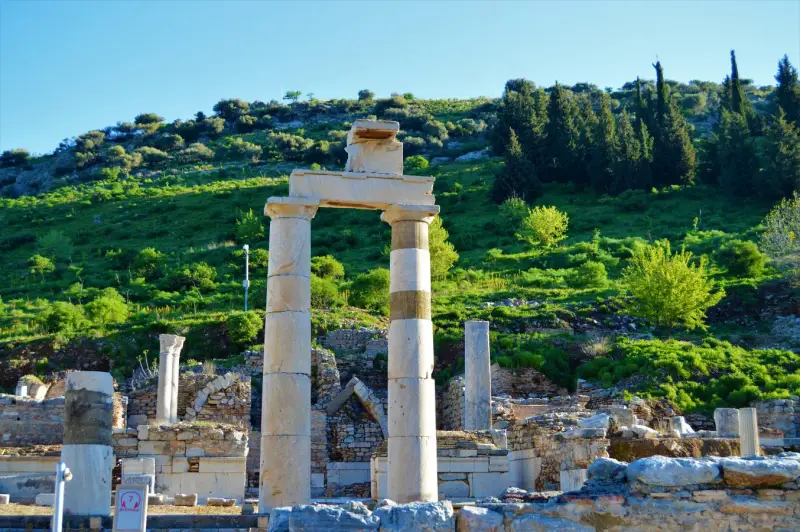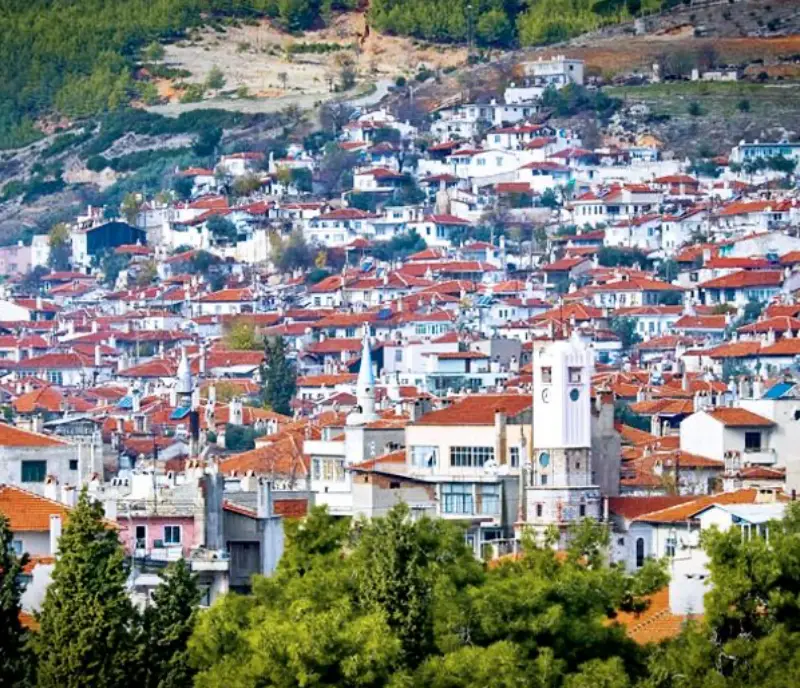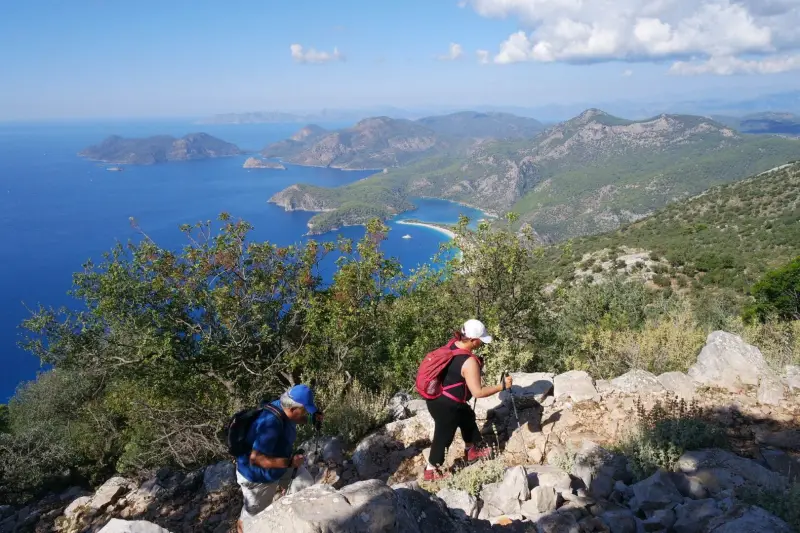Prytaneion
The Prytaneion was a building in the ancient city of Ephesus Turkey, near the State Agora and the Temple of Domitian. It was an important center of civic life in the city, as a hub of political, religious, and cultural activity. If you wonder how ephesus look at night visit Ephesus at night
The Prytaneion was used as the residence of the city’s chief magistrates, the Prytaneis. They were responsible for overseeing the city’s affairs and ensuring uphelding its laws. The building also served as a place of assembly for the city council. They made the important decisions about the governance of the city in there.
In addition to its political functions, the Prytaneion was also a center of religious activity. It was home to a sacred hearth kept perpetually burning as a symbol of the city’s spiritual and cultural unity. A group of priestesses known as the Prytanides were responsible for maintaining the sacred flame and conducting various religious rituals. They tended the hearth.
The Prytaneion was a grand and impressive building, with a large central courtyard surrounded by a colonnaded portico. The building had elaborate carvings and sculptures. It was home to many valuable artworks and treasures, including a collection of votive offerings and other religious artifacts. The artifacts are presented in Ephesus Museum in Selcuk.
The Prytaneion Today
The Prytaneion underwent several renovations and restorations, as the city of Ephesus Turkey changed hands and new rulers took power. Today, visitors to the ancient city can still see the ruins of the Prytaneion. The ruins include the remains of the central courtyard, the colonnaded portico, and the various chambers and rooms. The rooms once housed the city’s rulers and officials.
The Prytaneion is an important reminder of the rich and vibrant history of Ephesus Turkey, and it serves as a testament to the enduring legacy of this remarkable city. Visitors to the site can experience the grandeur and majesty of ancient Greek and Roman architecture, and gain insight into the daily lives and practices of the people who lived and worked in this extraordinary place.






